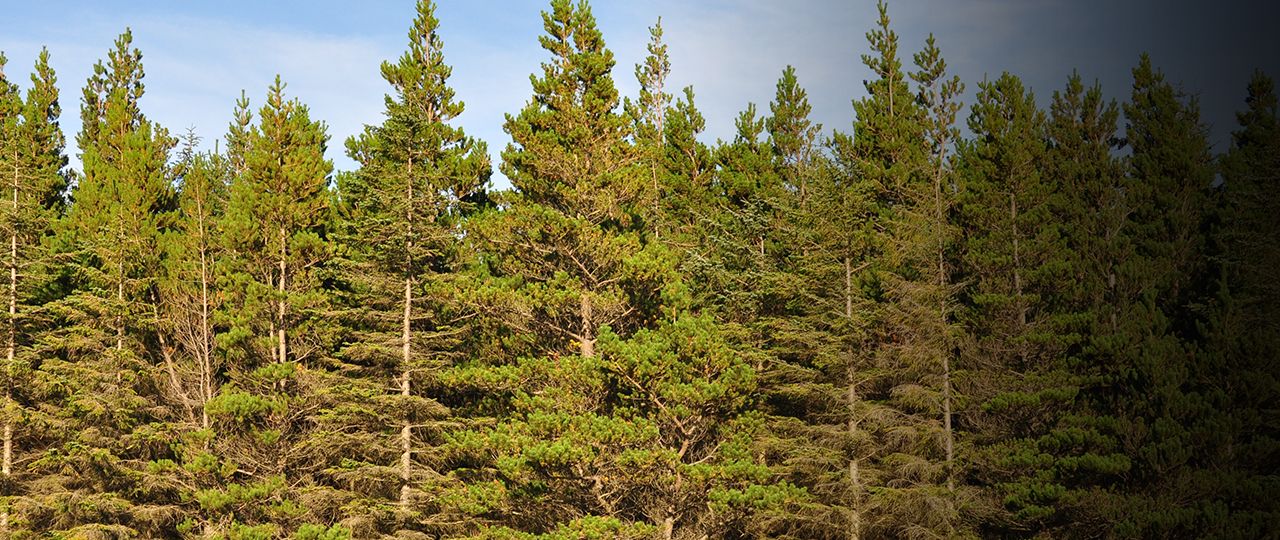
Mike Tustin
Director, Rural


Director, Rural
Download the full report as a PDF, which includes graphs showing the results
The MSCI IPD UK Forestry Index measures un-geared total returns from direct investment in a sample of private sector-owned coniferous plantations of predominantly Sitka spruce in mainland Britain (but mostly in Scotland (and southern Scotland in particular) and Wales). The 2016 sample is 142 forest holdings with a total capital value of £342m.